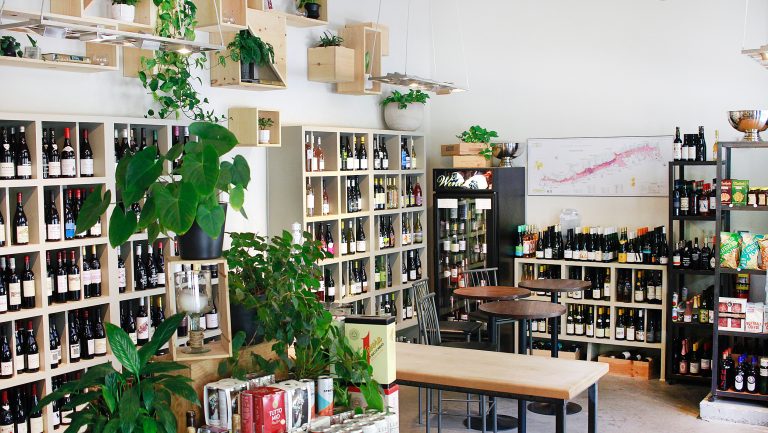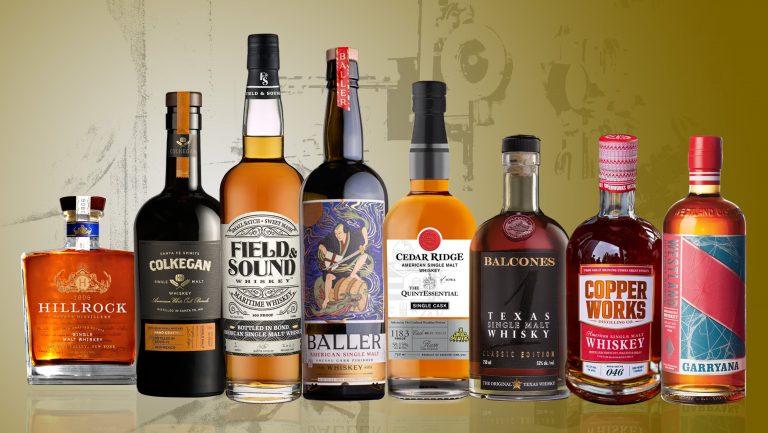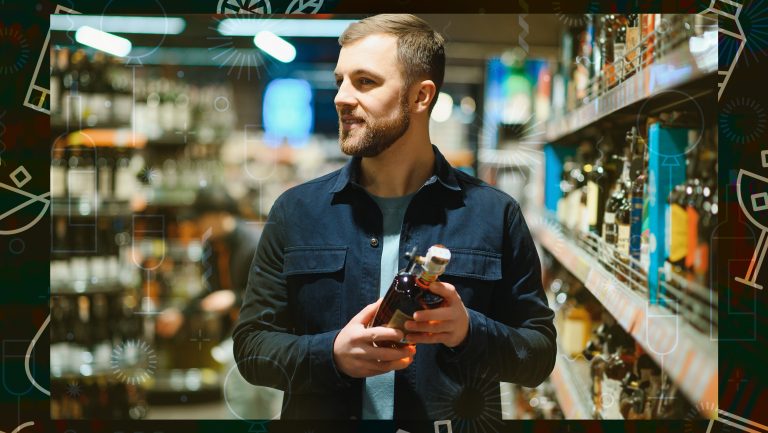There was a time when wine lovers could walk into almost any retail store and grab a bottle with a single-digit price tag. But with rising interest rates, ongoing inflation, surging oil prices, supply chain issues, the high price of glass, and much more, it’s become increasingly challenging for retailers to find quality bottles to offer at lower prices.
“When we opened up 15 years ago, our daily wine collection was priced at $11.99 or less. At the beginning of January, we bumped that up to $14.99. That’s the first major shift we’ve had to do regarding our value wines selection,” says Craig Heffley, the owner and wine buyer at Wine Authorities, which has shops in Durham and Raleigh, North Carolina.
Of course, budget wines do still exist. However, the threshold for what’s considered value for quality bottles has changed. For many retailers, the standard for reasonably priced wines worth drinking now ranges from $15 to $20.

Don’t miss the latest drinks industry news and insights. Sign up for our award-winning newsletters and get insider intel, resources, and trends delivered to your inbox every week.
“There was a time when we could find items under $10, but that pool has gotten very generic,” says Siamack Zarisfi, the wine buyer at Millesima in New York City. While $15 to $20 seems to be the value range for Millesima’s demographic, Zarisfi says there isn’t “much resistance from clients” for bottles inching into the $22 to $24 category.
So how do retailers make the most out of their value selections in today’s ever-stressful economic climate? It starts with lining shelves with bottles of highly regarded varieties sourced from regions beyond the usual.
Expanding the Search for Quality Wine
While any buyer would be hard-pressed to find Sancerre for less than $30 these days, worthwhile bottles from Touraine—a nearby subregion of the Loire Valley that also specializes in Sauvignon Blanc—are easy to score for half the price. At Convive Wine & Spirits in New York City, the cheapest bottle of Sancerre is set at $29, but Domaine de la Potine Sauvignon Blanc from Touraine costs just $13. Store owner and wine buyer Jesse Warner-Levine can barely keep it on the shelf.
“What’s happened is that new wines are providing the value, opposed to the historic bottles we used to be able to depend on,” says Warner-Levine. “That means I have to go find new wines and take the time to unearth something that actually offers a value at the under-$15 price point, because any reliable bottle that kicked ass at $14 is now $22.”
It also pays to look for wine outside of the classic regions.
“We’re bringing in a lot more wine from Slovenia, Hungary, Croatia, Israel, Greece, and Portugal,” says Jade Palmer, a wine associate at 3 Parks Wine Shop in Atlanta. “These places are just starting to get notoriety, or they’re a little more undervalued than France, Italy, and California in the wine world. So you’re still able to get excellent quality stuff for incredible value out of those regions.”
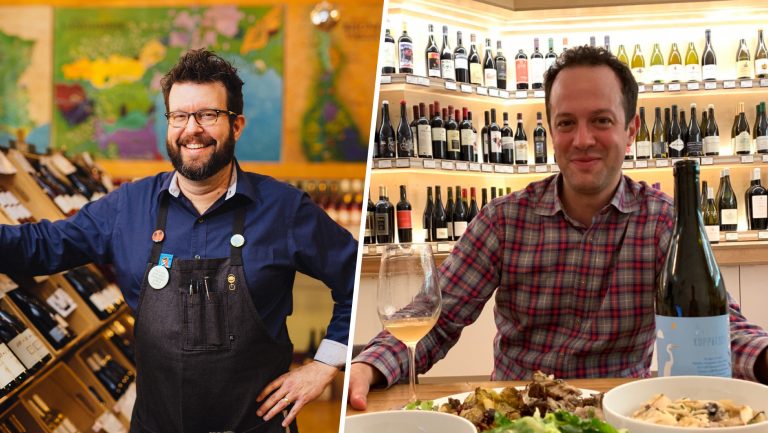
Buyers who find wines from less-popular regions get the benefit of buying bottles for less at wholesale. Still, Heffley says researching, locating, tasting, and stocking value wines from underrepresented wine areas does more for the customer than save them money; it gives customers the “experience of trying something new and exciting.” He points to a producer in León, Spain, who makes wine from the obscure grapes Prieto Picudo and Albarín. “None of our customers asked for these wines, but they’re high quality and affordable. Our customers are becoming more and more interested in them,” he says.
The Less-is-More Approach
The demand for value wine is still as high as it’s ever been, according to most retailers, but as wine drinkers become savvier, it’s crucial to provide a bevy of options that will appease their palate and their pockets across all varieties and price points.
“At least 25 percent of customers that come through the shop ask for at least one value selection in their entire transaction,” says Palmer. “The difference is that customers are more open to buying maybe two bottles of wine in the $15 to $20 range instead of buying four bottles of something that doesn’t have as good of quality for $10.” Considering this, Palmer says that 3 Parks has learned that offering a variety of wines spread across different price points is better.
The number of value SKUs in a wine shop does matter, though. At Millesima, Zarisfi has found that smaller shops should have no more than five to seven value bottles per variety. That way, customers still have options within the price range but not so many they’re deterred from trying something different. “You’re always looking to not only build a client base, but also guide the client base up the ladder,” says Zarisfi. “If you have a ton of value-driven wine, then it becomes difficult to move a customer up the ladder because they’re just moving between wines in the same category.”
Gary Fisch, the CEO and founder of Gary’s Wine & Marketplace in New Jersey and Napa, says it’s all about “controlling your inventory.”
“I believe 100 percent that no one size fits all,” he adds. “We need to have style and pricing differences within every category. But you still need to ask yourself, ‘how many wines in that price point do I carry? Can my selection benefit from adding one wine at that price point?’”
Maximizing Product Placement
Location also plays a role in maximizing sales of value selections—although every retailer has their own method. For some, maintaining a separate value table or shelf is helpful for customers who don’t necessarily want to engage with the staff or want to find something worth drinking with ease—but that doesn’t mean retailers have to limit value offerings to that section.
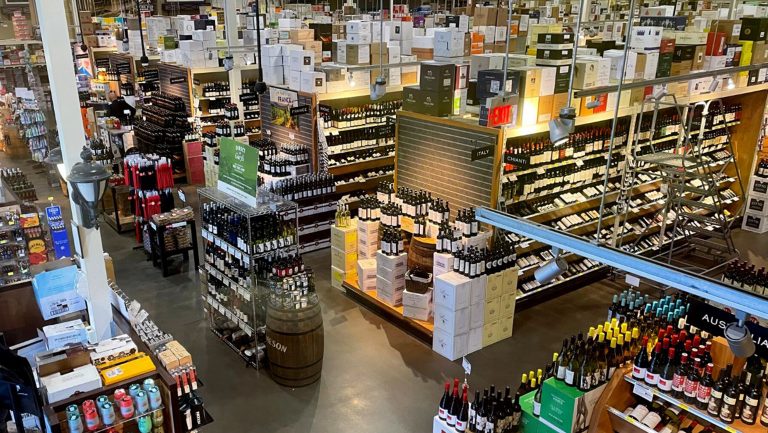
“We have two tables right when you walk in that are everyday, value-price offerings,” says Dan Weber, a wine buyer at Leon and Son Wine in Brooklyn. “Twenty dollars and under is the limit there, but we have so many wines in that price range that they don’t just fit there. So they’re also peppered in with the rest of the selections around the shop.”
At Convive, Warner-Levine finds it’s a more exciting shopping experience for customers if the store isn’t organized around price point. “The wines that we have on the shelf all offer value and are sensible for the price, but our value as a store is that the quality is high for everything we have,” he says. “So it doesn’t matter if a $15 bottle is next to a $30 bottle—both wines will be exceptional for the price.”
Fisch says that mixing value selections with the rest of the inventory can offer natural opportunities for consumers to incrementally trade up. “If somebody’s mindset is stuck on $12 to $15 wines, and all those bottles are together, that’s what they will end up with,” he says. “But if they’re open to spending between $12 to $15 and there’s a fantastic bottle for $16.99 that they’re interested in right next to it, they may be open to spending more.”
Aesthetics aside, building trust with customers is the most important factor for maximizing value selections in a continuously changing wine industry.
“When people come into the shop, I want them to feel confident with their purchase, whether it’s an inexpensive bottle or the most expensive,” says Weber. “They know we’ve given every bottle a lot of attention and thought about why we selected it, and they can trust that it’s going to do the thing they hope it’s going to do.”

Dispatch
Sign up for our award-winning newsletter
Don’t miss the latest drinks industry news and insights—delivered to your inbox every week.
Janice Williams is a New York City-based freelance writer covering wine and spirits. Certified WSET Level II, her work has been featured in print and online publications, including Newsweek, Wine Enthusiast, VinePair, Uproxx, and Thrillist, among others. You can follow her work on Instagram @browngirldrinkswine and website janicewilliams.net.

